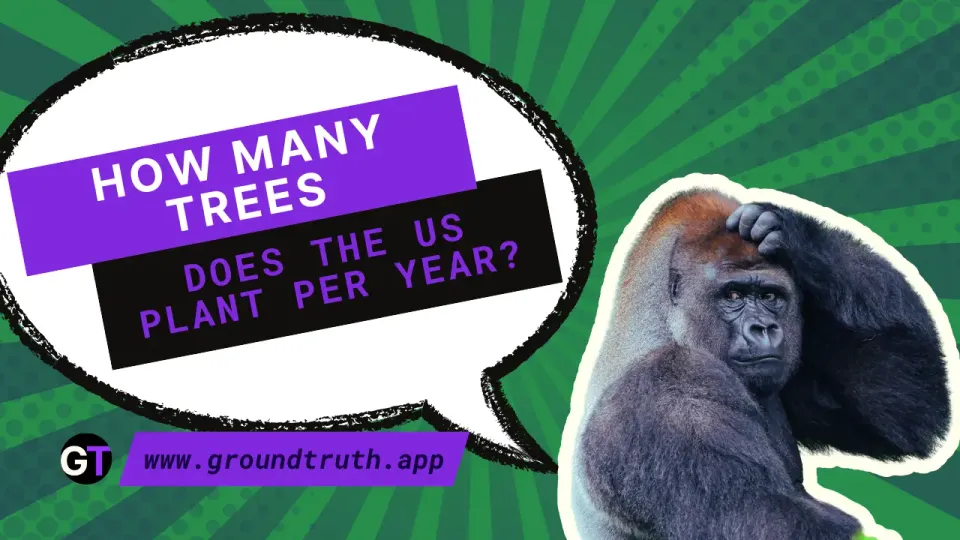Forests, Finance, and Lessons for the Global Community 🌲 🌏
Stability, simplicity, and a long-term vision are essential to making offset programs genuinely effective and lasting.

New Zealand’s Forest-First Carbon Trading: A Revolutionary Step (With Some Bumps Along the Way) 🌱
New Zealand’s Emissions Trading Scheme (ETS) stands as the only national system putting forests at the heart of carbon trading. Translation? Forest owners get rewarded for planting (aka afforestation) and are held accountable for deforestation. Sound forward-thinking? Absolutely. Like any pioneering model, New Zealand’s ETS is a mix of wins and valuable lessons—insights that could guide other countries ready to walk the same path. A study by Carver et. al. (2022) dives into some of these lessons.
🌍 Why New Zealand's Forestry-Focused Carbon Offsets Are Worth Watching
In the race against climate change, forests aren’t just pretty scenery—they’re powerhouse carbon sponges, soaking up CO₂ and helping us all breathe a little easier. New Zealand’s forestry-centric ETS isn’t just an idea—it’s a model in action that other countries could learn from. The real takeaway here? Stability, simplicity, and a long-term vision are essential to making offset programs genuinely effective and lasting.
🌲 New Zealand’s Forest-Heavy ETS: Where It’s Winning (And Where It’s Struggling)
Since its launch in 2008, New Zealand’s ETS has aimed to cut emissions across sectors, with forests at the core. But between 2011 and 2016, some challenges cropped up. Carbon prices dipped, forest owners felt disillusioned, and complex rules made smaller landowners feel about as welcome as pine trees in a kiwi orchard. By 2020, the Climate Change Response Amendment Act tackled these issues head-on, bringing much-needed stability and aligning the ETS with ambitious Paris Agreement goals. 🎉
Fast-forward to 2022, and surprise! More policy changes. Now, forest owners are understandably hesitant about long-term commitments. Let’s face it: Constant rule-tweaking is about as appealing as a game of Monopoly that never ends. For an emissions trading system to actually thrive, forest owners need clear, reliable signals that don’t fluctuate every few years.
🔍 What New Zealand’s ETS Teaches Us About Data, Policy, and a Greener Tomorrow
Here’s what New Zealand’s forestry tango suggests for other countries thinking about emissions trading:
- Carbon Price Consistency 🌡️: Without a stable price on carbon, forest owners won’t take the bait. They need assurances they’re not gambling with forest futures.
- User-Friendly Rules 📝: Simplify it, people. Small and medium-sized landowners should be able to participate without hiring a team of lawyers.
- Transparent Data & Metrics 📊: Open data builds trust. When carbon capture metrics are out in the open, it’s easier to see if these forests are actually pulling their weight.
By sticking to clear and predictable policies, countries can develop carbon markets that foster reforestation, promote the growth of green plants and trees, and keep the green in ‘green initiatives’.
Openly Available Data for Tracking New Zealand’s Forest-Based Carbon Efforts 📊
New Zealand’s ETS is built on a foundation of publicly accessible data, giving everyone from policymakers to forest owners a clear view of the system’s impact. Here are some of the standout resources that make this possible:
- National Exotic Forest Description (MPI): A detailed breakdown of New Zealand’s exotic forest areas, including data on forest age and species composition.
- NZ ETS Facts & Figures (EPA): Annual snapshots that reveal who’s participating in the ETS, how much carbon is being offset, and the program’s overall emissions impact.
- Wood Availability Forecast (MPI): Forward-looking projections on wood supply, helping the industry plan for sustainable growth and meet future demand.
- NZU Price Data (Jarden): Historical price trends for New Zealand Units (NZUs), essential for tracking carbon market shifts and understanding economic incentives.
With these open data tools, anyone can dig into the numbers to see how New Zealand’s forests contribute to its climate goals. This transparency boosts trust and empowers data-driven decisions across the board.
Study Cited
Carver T, Dawson P, O’Brien S, Kotula H, Kerr S and Leining C (2022) Including forestry in an emissions trading scheme: Lessons from New Zealand. Front. For. Glob. Change 5:956196. doi: 10.3389/ffgc.2022.956196. Retrieved from https://www.frontiersin.org/journals/forests-and-global-change/articles/10.3389/ffgc.2022.956196/full




